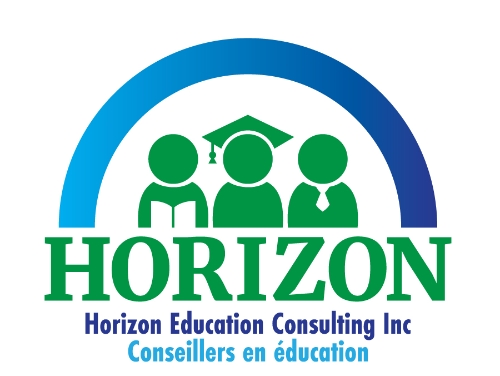Why alternatives are on the rise to a system that isn’t changing fast enough
Our high school system still values “book smarts” while our society thrives on creativity and innovation.
Have you heard an adolescent express how useless school is to them? Why adults keep feeding them the empty rote replies of needing a high school diploma to access post-secondary education to get a better job? Is anyone listening to the needs of students in 2013, students who are preparing to enter a society that thrives on fast paced, creative techno innovation and flexibility? Is it any wonder that students are disengaged with a high school system that still values “book smarts” over real time learning, and still operates on an inflexible operational framework established in the late 1960’s?
Most high schools in Ontario still function today on a semester based system. This structure means students, who, until grade 8, studied English, French, math, science, geography, history, art, music, drama and physical education on a rotating basis in a timetable over the course of the 194 day school year – are now thrust into an accelerated learning structure. Four subjects are studied for 20 weeks, with assessments happening in rapid succession (often only a week after a concept is introduced) and a final exam worth 30% of the final grade; then the same pattern starts over again with four new courses in the second semester. This structure has remained untouched even though educational research on learning over the last 20 years has demonstrated that students learn best in a continuous spiral of accumulated skills and knowledge allowing permanent retention.
There is no pedagogical basis for the semester system, or extensive educational research to support it. An organizational structure established for administrative convenience and cost efficiency, it processes students and ignores the fundamental question of time required to learn and master skills, habits and develop higher order thinking. It was implemented to save money in the short term (reusing one set of textbooks for two sessions over a school year instead of purchasing two sets) and allow an accelerated way to graduate or to repeat a failed course. Educators teach fewer students at a time (while students have four classes a day, teachers have three because of planning time). The only students who benefit from this structure are gifted students for whom an accelerated and compacted model of learning is highly stimulating.
Those who suffer the greatest with this model are students with learning difficulties who require additional time to learn and master concepts and skills. Many teachers now agree that it is not the at-risk student population that is growing, but the cracks in the system, which fails to meet their needs. The reasons for implementation of a semestered system are no longer relevant or defendable and in fact, impair learning and leaves students with less sustainable skills and more lack of preparation for today’s job market.
This lack of congruity between the needs of students (who still do thirst for knowledge by the way) and what the high school system offers puts students in a position of choice: following empty learning models to obtain marks or fail and follow your own path. Students will tell you that the greatest minds in history, for the most part, failed their schooling years – and they are right – just Google it.
So how does this all lead to disengaged students? Ask any teen and they will tell you:
- content taught in most high school curricula is not cutting edge, relevant or useful to an adolescent preparing for the working world of 2013.
- teachers cannot possibly keep up with the wide range of knowledge the Internet affords, so they are no longer an authority figure for learning.
- what adults learned by reading a textbook over a term or semester, teens learn in three minutes of surfing the topic on the Internet.
- students learn more outside of school than in a classroom, and the difference is, they know it.
- school by today’s teen standard is a social gathering place, not a learning environment. Recent media attention to the turmoil over extra-curricular activities in schools further underscores this reality.
So what are the alternatives?
Private schools and alternative learning schools and programs have been growing in the National Capital region recently with two new options opening in January 2013. This trend demonstrates that adolescents are seeking different models for learning that allow them to pursue their interests, grow in knowledge and skills and contribute to innovation in our rapidly changing society while still in their high school years.
School boards have addressed this issue through alternative learning programs or alternative high schools. The Ministry of Education has implemented a new regulation to allow more flexibility in experiential learning (Supervised Alternative Learning and Other Excusals from Attendance at School) for students who are at least 14 years old. These are important steps to addressing a need but more rapid changes are necessary to adopt a new paradigm of learning in today’s high schools.
For high schools, there must be a shift in prioritizing course options for students
Why are the mandatory courses students take, the college and university preparatory courses in English and Math when the mandate of secondary schools is to prepare good citizens and an engaged workforce? Why are Business English, Media Studies and Personal Finance optional courses offered at the grade 11 level when most students start part-time work in grade 9? Students who fail are not dropouts but have opted out. How can we engage the brilliant students and capture the creativity, innovation and entrepreneurship that characterize our youth? Who has the leadership to do that? Students do, just listen to them.


